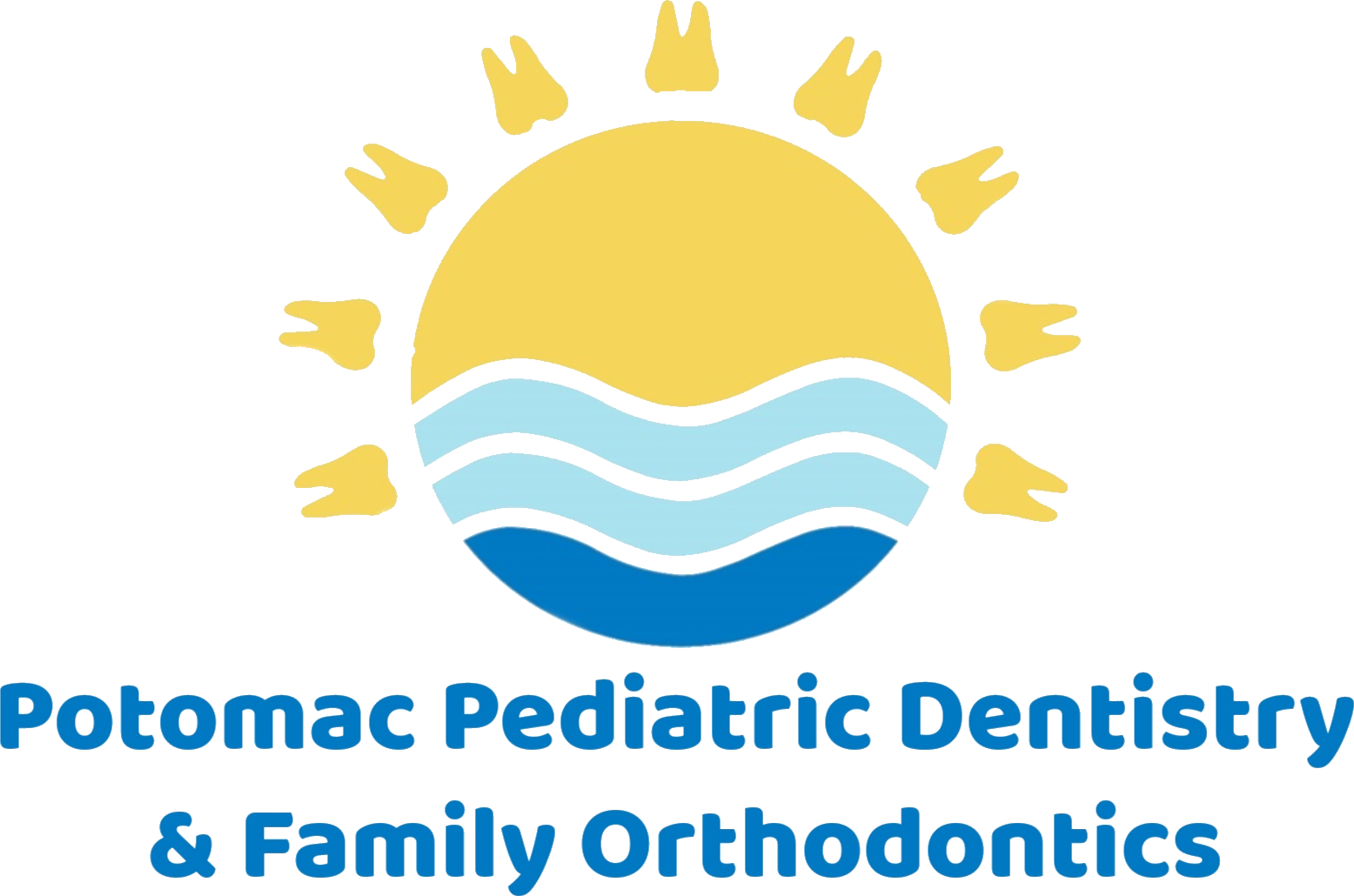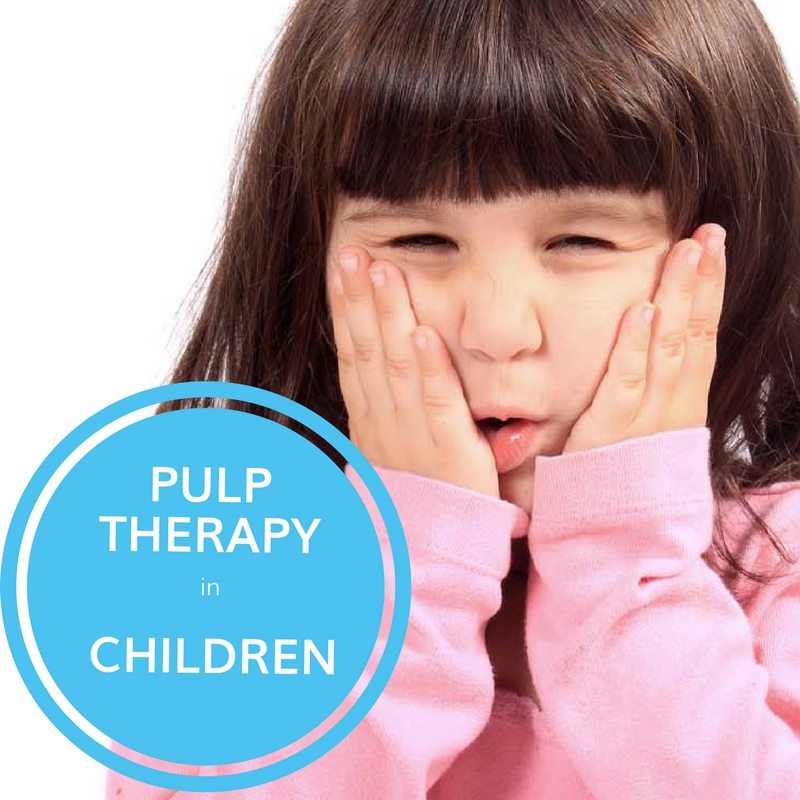Pulp therapy to treat an infection and save an affected tooth may become necessary when your child experiences a traumatic tooth injury or tooth decay.
The center of your child’s tooth houses vital tissues, nerves, and blood vessels which not only provide additional structure to the teeth’s outer enamel but also acts as the delivery system, to channel oxygen and vital nourishment. When your child experiences a traumatic tooth injury or tooth decay, this pulp will often become aggravated, inflamed and can lead to intense pain. Seek the services of a pediatric dentist that can provide an adequate diagnosis and pulp therapy to treat the infection and save the affected tooth.
Signs Your Child May Require Pulp Therapy
Since the damaged pulp of your child’s tooth is not normally visible, it is important to recognize the signs of injury to the pulp of the tooth for further treatment:
- redness or swelling around the tooth
- constant pain, especially at night
- sensitivity to hot or cold temperatures
- the sudden loosening of affected tooth
Even if your child has their primary (baby) teeth, pulp therapy treatment ensures the proper spacing and alignment of teeth and will assist in proper chewing and speech until the primary teeth are shed.
Making a Decision for Pulp Therapy
When your child displays the signs of tooth damage, decay, or infection, your pediatric dentist can determine through a visual examination and appropriate x-rays any unique circumstances that will make pulp therapy a preferred solution over tooth extraction. The greatest benefit is that your child will not lose a tooth causing the remaining teeth to shift and leave gaps.
Your dentist may suggest one of two therapies, either a pulpotomy which removes only the diseased portion of the infected pulp and treats the interior tooth against further bacteria and infection; the second method, pulpectomy removes the entire diseased pulp then disinfects and packs the cavity. A crown is provided to support the remaining tooth.

